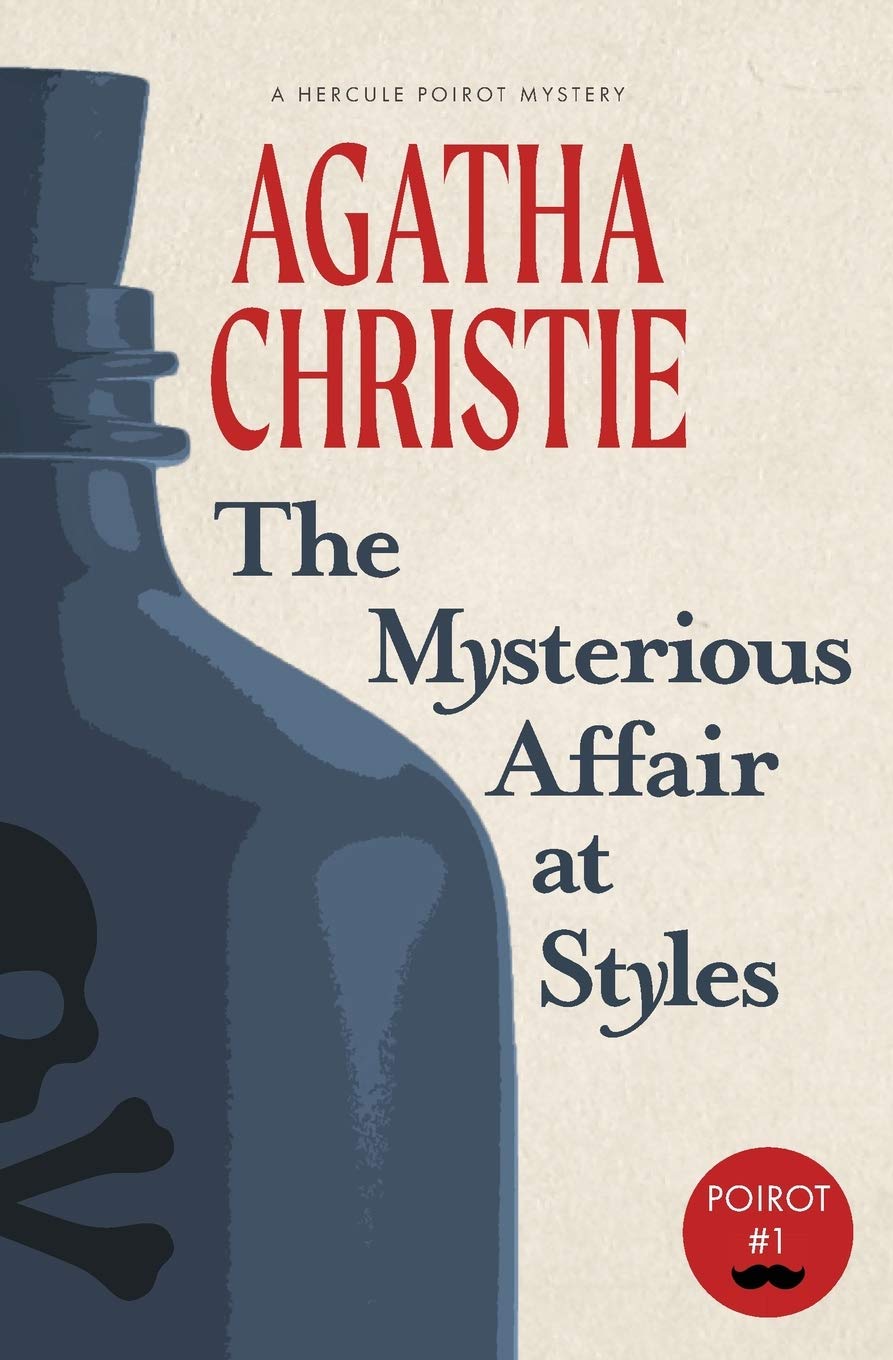CHAPTER VII — POIROT PAYS HIS DEBTS
byChapter VII opens with the arrival of Poirot and Hastings at a crucial juncture—meeting Inspector Japp and Superintendent Summerhaye outside Styles Court. Chapter VII begins with this unexpected encounter, rekindling Poirot’s professional rapport with Japp, hinting at a past filled with successful cases. While the inspectors express confidence that they have already found the guilty party, Poirot remains unconvinced. He quietly challenges their assumption, suggesting that the clarity of the case against Alfred Inglethorp might be an illusion. To Poirot, the strength of the evidence raises red flags rather than offering closure. His remark casts doubt over what seems obvious, opening a window into a much deeper game of deception.
Poirot insists that something about the situation feels too perfect, as if someone had staged the crime to guide suspicion. The details appear meticulously arranged to implicate Inglethorp, yet Poirot believes real criminal acts often contain flaws that betray their maker. By examining these supposed flaws, he aims to expose the truth hidden beneath surface-level clues. His conviction to prove Inglethorp’s innocence is not driven by emotion, but by his belief in logic and justice. The way Poirot frames his doubt subtly forces the investigators to reconsider their certainty. He suggests that if a murderer is clever, the most obvious answer is often the trap.
While discussing the timeline and behaviors of key individuals on the night of the murder, Poirot draws attention to the statements made at the inquest. Lawrence Cavendish’s comment about the doctor’s delay and Mary’s detached reactions come under subtle scrutiny. Poirot highlights how their testimony may not be dishonest, but potentially shaped by fear, confusion, or something more calculated. His approach is to observe not only what is said but how it is delivered and what may be left unsaid. These gaps are where he sees the true narrative forming. Meanwhile, Hastings struggles to keep up, occasionally frustrated by Poirot’s cryptic thinking.
Japp, with his typical straightforwardness, still leans on motive and material clues, but Poirot diverges, choosing to examine psychology and motive’s shadow. This divergence between procedural and psychological investigation reflects broader contrasts between the detective archetypes. Poirot is not interested in easy solutions or satisfying the legal process too quickly. For him, the truth must be layered and consistent across all levels of behavior, evidence, and motive. Even as others prepare for an arrest, Poirot remains calm, not obstructive, but firm in his belief that they are wrong. It is this quiet confidence that makes him compelling and unsettling to those around him.
Poirot agrees to return to Styles with Japp and Summerhaye, promising not just to share theories, but to present concrete proof of Inglethorp’s innocence. His decision to stake his reputation on this moment raises the stakes for everyone involved. The anticipation builds not just from what will be discovered, but from how it will reshape everything assumed so far. The chapter leaves readers with an unsettling sense of uncertainty. If the most obvious suspect is innocent, then who among the rest carries guilt behind a carefully constructed façade? Poirot’s presence in the case shifts it from a simple whodunit to a layered study of manipulation and misdirection.
What also emerges from this chapter is a commentary on perception—how we tend to accept what feels logical at first glance. Poirot challenges this comfort, pushing others to think critically, not just react emotionally. The slow unravelling of the case becomes a lesson in patience and method, where truth is found not in volume of evidence, but in coherence and contradiction. As the investigation returns to the scene of the crime, the sense that the real mystery is only beginning becomes increasingly apparent. This chapter becomes a turning point not just in plot, but in tone—transforming suspicion into uncertainty and curiosity into tension. It is no longer just about solving a murder; it is about understanding why the truth was so carefully hidden.

